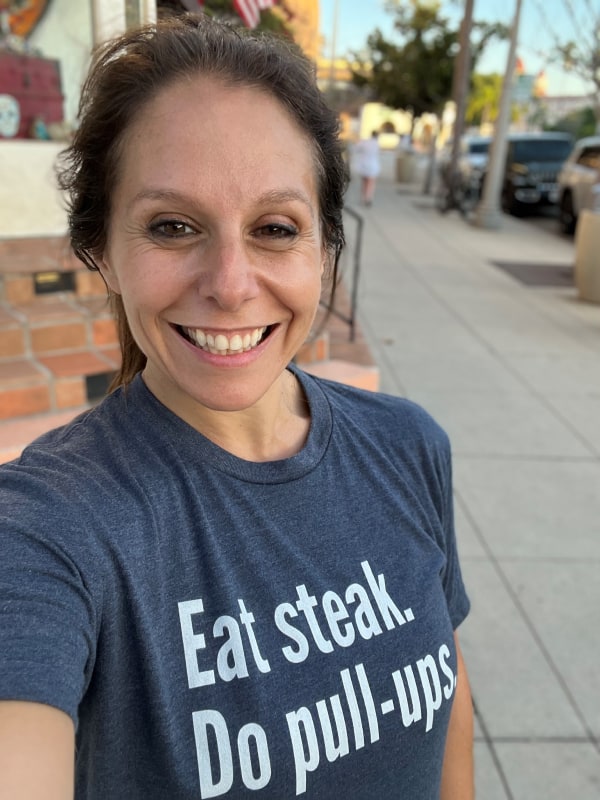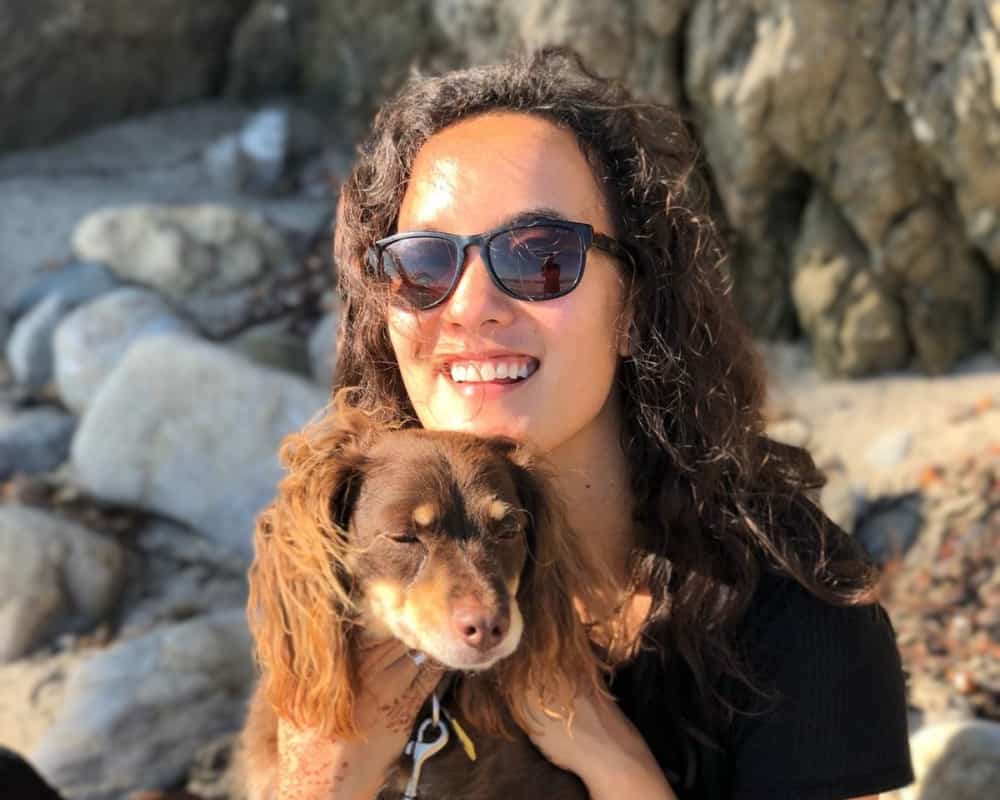The interaction and balance between technology and humans has always fascinated Ulupreneur Shane Dyer. And although the internet might have been invented while he was still in middle school, by the time he got to Stanford there was what he calls an “engineering explosion” underway.
Even before IoT, Shane was always fascinated with the idea of connecting devices to the internet—in often unexpected or novel ways. Bitten by the entrepreneurial bug at an early age, he created his first company, ActivePhoto, in 1999. A pioneering IoT firm, it connected digital cameras to cell-phone infrastructure to send photos and key photo data to a server-based business photo workflow cloud.
After founding two other tech companies, he met Gary Klinefelter, an inkjet printer inventor with 35 patents to his name. The spark for the company was borne out of Gary’s frustration at seeing water sprinklers spraying sidewalks and driveways instead of lawns, wasting water and needlessly costing homeowners money and Gary had already started creating a solution. Then when Shane and Gary met, they decided that there’s got to be a better way to do it—efficiently while saving a precious resource, so Gary came up with the first designs for a digital printing irrigation system. Eight patents later, they launched the first commercially viable product for Irrigreen in 2021 and Shane became the company’s CEO.
Irrigreen made press headlines quickly and was highlighted on CBS’s Innovation Nation as well as several other news outlets. We caught up with Shane following yet another national TV story about the company on the Fox News morning show. Shane also shared with us how Ulu has helped the company strategize in the video clip below.
You say Irrigreen is the most revolutionary irrigation system on the market…why?
It maps your yard and uses about half the water of most irrigation systems. Instead of having mechanical sprinkler heads on the edge of a lawn that ends up spraying water on your driveway or on the sidewalk, there’s one digital sprinkler head that’s right in the middle. That sprinkler head is amazing, because instead of randomly spraying water, it “prints” it out and follows the contours of your landscaping. It puts the exact amount of water where you want it, resulting in huge savings on water bills for homeowners and conserving water for the planet.
Do you have any tips for founders raising money?
It’s really about bringing people into your story through relationships— people you want to establish connections with as a founder over a longer period of time. Once they know you, and once they’ve gotten to know your business and feel familiar with it, those are the sort of partners you’d want to select in terms of being your investors and helping you accelerate the company.
What has been your biggest challenge?
The technology for irrigation really hasn’t changed that much in decades. The mechanical heads are basically the same, the controllers are the same, etc. Maybe some have an internet connection, but by and large there hasn’t been a lot of innovation in the space. So when you bring in something dramatically new and different, it takes a little while for folks to understand, to trust and adopt it.
What are your dreams for Irrigreen?
When we think about how we use freshwater right now, and when we think about where we’re using it, it turns out 57% of that water is used outside of our houses. About 60% of that water is wasted; that means it doesn’t irrigate your plants or help your lawn grow. Especially in areas that are drier, like the South and the West—where we’re really fighting for water resources—we need to figure out how to use water more intelligently. We can still have those green landscapes around us that we like, we just have to water them in a far, far better way. And that’s what I hope Irrigreen can provide.




